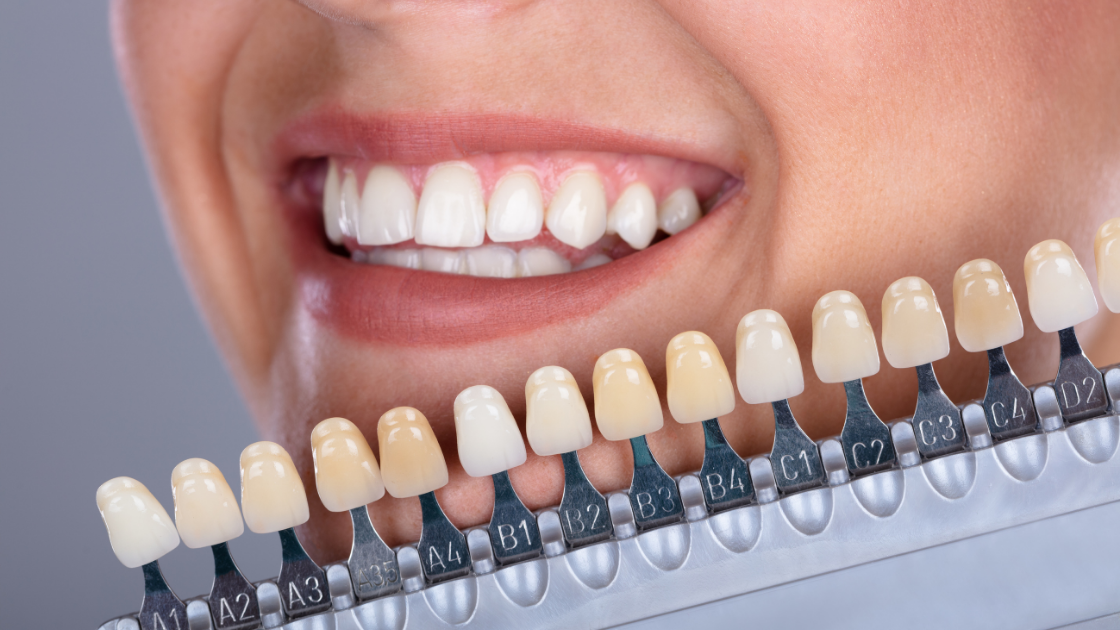Who doesn’t like to flash a sparkling smile? But, it is better to refrain from doing so if your teeth are yellow. Stained or discolored teeth are a big NO-NO!! They will leave you self-conscious all the time, especially in public. It is observed that U.S citizens are getting so vigilant about dental care that they usually spend more than 1 billion dollars on restorations and teeth whitening every year. Such whitening products may give you instant results but they might be abrasive in the long run due to being heavily loaded with chemicals.
Are you shortlisting the best dental clinic in Grand Prairie for dental solutions? Help through a professional dentist in Grand Prairie can help you avoid a lot of dental problems. But, if you can’t afford a whitening treatment at a dental clinic or dental office, we have some natural solutions to overcome this problem. This article will tell you about some natural remedies that help in teeth whitening without exerting side effects and are absolutely safe to try at home. Let’s find out what they are!
Why do teeth turn yellow?
There are multiple underlying reasons behind the yellowing and dullness of the teeth.
From foods to drinks, there are various factors that end up discoloring the teeth. Other than that, aging, erosion of enamel, visible dentin, and build-up of plaque also make the teeth yellow. Discolored or stained teeth can be treated with regular dental care and teeth whitening procedures.
Types of stains
There are two types of teeth stains, intrinsic and extrinsic.
- Intrinsic stains: These types of strains are caused by enamel erosion and dentin turning visible. This generally happens due to ageing process, medications, or genetic disorders.
- Extrinsic stains: Such strains are usually caused by external factors such as smoking, chewing tobacco, betel leaves, consuming tea, coffee, red wine etc.
Remedies:
Oil Pulling
This is a traditional process where the oral cavity is rinsed with certain types of oils such as coconut oil, sunflower oil, and sesame oil. This removes all the dirt, food lodgement, and bacterial growth. It is an additional cleaning practice apart from brushing twice daily and flossing regularly. Oil pulling has been observed as a teeth whitening procedure in certain researches. It includes brushing and rinsing the mouth with oil for a minute and expelling it out.
Hydrogen Peroxide
Hydrogen peroxide is known as a natural bleaching agent. It also has a bactericidal effect which eventually helps in washing off the bacterial growth in your mouth.
Conventional whitening products available in the market consist of hydrogen peroxide, but at a relatively higher concentration than what is required. Hydrogen peroxide is usually available commercially as a 3% solution.
To use hydrogen peroxide at home with a safer concentration, one may simply use it as a mouthwash prior to brushing. The solution could be used in a concentration ranging from 1.5-3%. It could be diluted to 1.5% prior to use by mixing equal parts peroxide and water.
Baking Soda
Baking soda is also used to remove stains other than as a kitchen ingredient. One could also find an alternative as a toothpaste containing sodium bicarbonate. Brushing with dental care products having baking soda really helps in removing stains after regular usage.
Fruits and Veggies
Eating fresh and crunchy fruits and vegetable help in removing plaque away. Vitamin C enriched fruits like pineapple and strawberries assist in teeth whitening.
Conclusion
The most important thing to consider is to keep excellent oral hygiene. Good oral and dental care helps a long way in alleviating tooth discoloration.
Regular cleaning removes the stain, keeps the enamel in place, and protects the dentin from getting exposed. Other than teeth whitening dental procedures, natural remedies don’t bleach your teeth and help in teeth whitening without exerting side effects.

